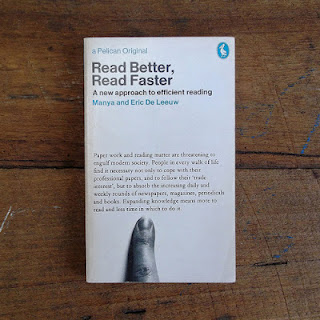This is one of the possible approaches.
Theory: most repeated keyword or meaning for heading/title.
Tourism is a leisure activity which presupposes its opposite namely regulated and organised work It is one manifestation of how work and leisure are organised as separate and regulated spheres of social practice in modern societies Indeed acting as a tourist is one of the defining characteristics of being modern’ and the popular concept of tourism is that it is organised within particular places and occurs for regularised periods of time Tourist relationships arise from a movement of people to and their stay in various destinations This necessarily involves some movement that is the journey and a period of stay in a new place or places The journey and the stay are by definition outside the normal places of residence and work and are of a short term and temporary nature and there is a clear intention to return“home within a relatively short period of time\
Options
i The politics of tourism
ii The cost of tourism
iii Justifying the study of tourism
iv Tourism contrasted with travel
v The essence of modern tourism
vi Tourism versus leisure
vii The artificiality of modern tourism
viii The role of modern tour guides
ix Creating an alternative to the everyday experience
key words of the given paragraph:
namely,manifestation,separate and regulated practice,modern,indeed,defining charecteristic,modern,popular concept,tourism ,particular, necessarily, journey journey ,definition,clear intention.
Now organize these key words in an order.
order1:namely,define/defining characteristic,particular,necessarily,clear intention,indeed
order2:characteristic,manifestation,practice,modern,popular
order3:separate and regulate
OK this is just to organize keywords in an order so that one can get answer quickly.
i The politics of tourism
ii The cost of tourism
iii Justifying the study of tourism
iv Tourism contrasted with travel
v The essence of modern tourism
vi Tourism versus leisure
vii The artificiality of modern tourism
viii The role of modern tour guides
ix Creating an alternative to the everyday experience
These are the given titles and we have to choose one out of it.
1. politics of tourism= the keywords never mentions about politics so it can't be the answer
2.cost of tourism=not mentioned anywhere about cost though tourism mentioned.so avoid it
3.justifying the study of tourism= no mention about justify or its synonyms
4tourism contrasted with travel. though tourism and travel mentioned there but it aint contrasting or no keyword match for contrast.
5.the essence of modern tourism------> this is the answer why? essence means basic,must,backbone,necessary or see the order1,you will see the matching keywords/meaning.lets try the other threads then
6.tourism versus leisure.though tourism and leisure is there ,versus aka compared(similar) or against isn't there.It says tourism is a leisure activity instead so it is a definition.So it doesn't match either.
7artificiality isn't there as a keyword or its meaning.so it can't be the answer.
8the role of modern tour guides. very simple because it never mentions about either any roles or guides so it cant be.
9 same here no keyword matching ----> creating? alternative? everyday??? experience????
So the answer is 5th that is THE ESSENCE OF MODERN TOURISM. you cant see the title words either with the first line or with the last lines but the answer keywords should be repeated in the paragraph.
Essence is repeated as you see---->namely,define/defining characteristic,particular,necessarily,clear intention,indeed,popular,characteristic
char·ac·ter·is·tic meaning:(dictionary.com)
man·i·fest: readily perceived by the eye or the understanding; evident; obvious; apparent; plain
so these words are all supporting the title word ESSENSE
"MODERN" has been repeated 2 times as you can see.so the repeated keyword
tourism also repeated minimum 2 times and also writer used tourism by a pronoun "IT"(i reckon more than 2 ,IT has been used)
Therefore, the answer is THE ESSENCE OF MODERN TOURISM
To do IELTS test one needs techniques not just English.I have plenty of techniques to enhance any student's current score as quick as possible.This is just a gratuitous offer from me for a candidate to understand what is IELTS.So don't keep on trying with your luck because $320 for each sitting is not very cheap. Please don't blame me if you can't get answers for other questions since this is only an approach to get answer.Having been said, there are many possible approaches ( these I will teach you in my class sessions).It is often true that just relying on your level of English will never help you in IELTS because IELTS skills are beyond the scope of ENGLISH as a language.So as to say, learn techniques and logic.
What if I can help you to increase your score?A score of 7 isn't a big deal if you have some strategies as I mentioned above.Then, contact me ( don't judge a book by it's cover)
%20(4).png)























